
AeroGenie - مساعد الطيار الذكي الخاص بك.
الرائج الآن
Categories
Inside the Pratt & Whitney F135, the U.S. Military’s Most Powerful Fighter Engine
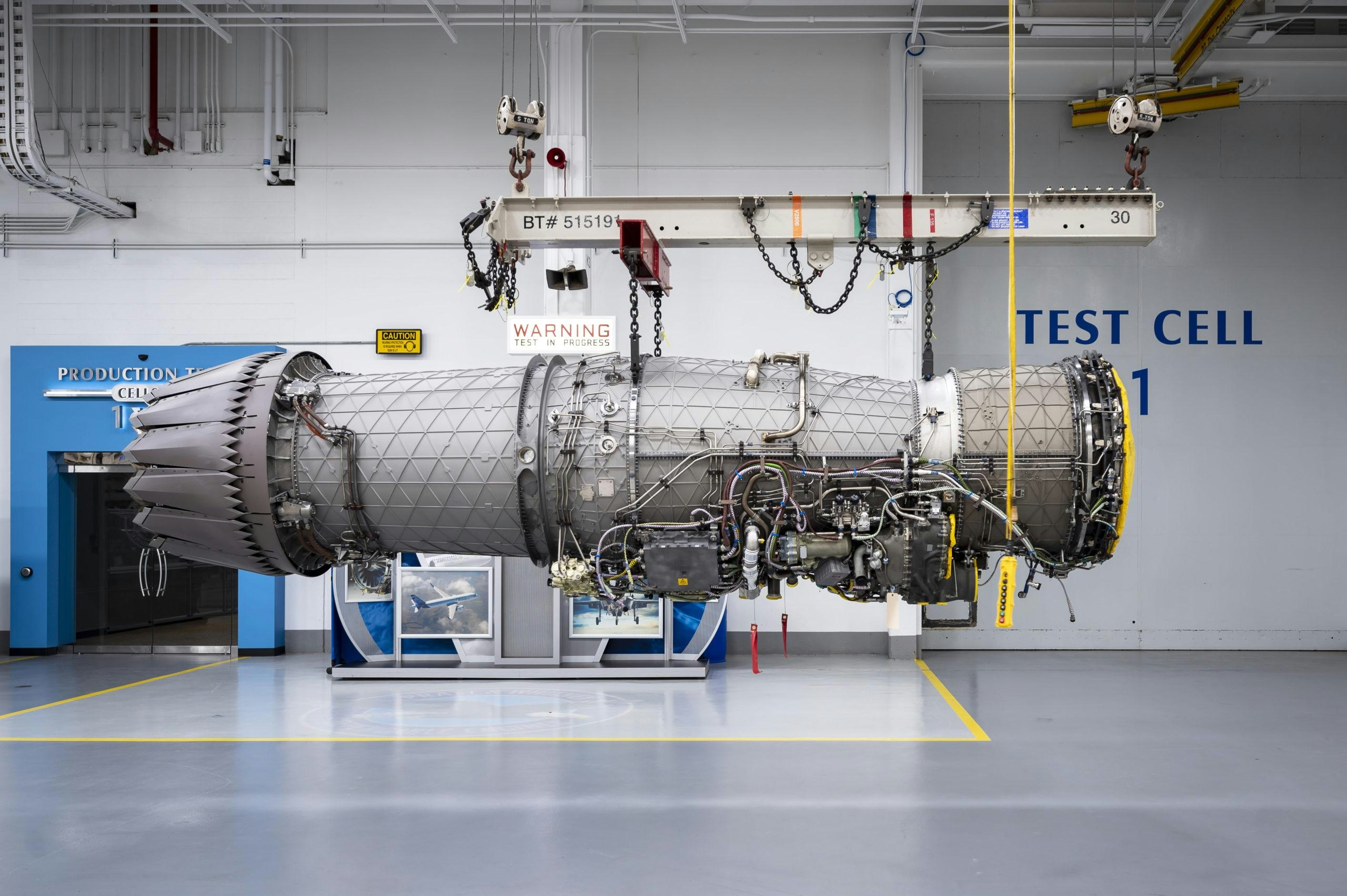
Inside the Pratt & Whitney F135: The U.S. Military’s Most Powerful Fighter Engine
The F-35 Lightning II represents the pinnacle of modern fighter jet technology, combining advanced capabilities with remarkable versatility across a wide range of missions. Distinctively, the F-35 operates with a single engine, a design choice that diverges from many of its contemporaries. While smaller fighters like the F-16 Fighting Falcon also employ a single-engine configuration, most large multirole fighters—including the F-22 Raptor and Eurofighter Typhoon—utilize twin engines. In a notable contrast, China’s emerging J-36 fighter, first observed in late 2024, reportedly incorporates three engines.
Despite this unconventional approach, the F-35 has become the cornerstone of the U.S. fighter fleet. In 2024 alone, it accounted for 110 of the 153 fighter jets delivered by American manufacturers. Lockheed Martin anticipates a record production run in 2025, with plans to deliver between 170 and 190 F-35s, including international exports.
The Single-Engine Debate
The decision to equip the F-35 with a single engine has been a subject of debate at the highest levels of government and defense circles. In May 2025, former President Donald Trump publicly questioned the wisdom of this design, proposing a hypothetical “F-55” model featuring two engines. He argued that having multiple engines provides greater safety, drawing parallels to commercial aircraft such as the four-engined Boeing 747.
Defense officials, however, swiftly dismissed the notion of redesigning the F-35 to accommodate twin engines, emphasizing the impracticality of such a fundamental overhaul. Former Air Force Secretary Frank Kendall underscored that a twin-engine variant was never seriously considered and remains off the table. The F-35 will continue to rely on its single Pratt & Whitney F135 afterburning turbofan engine. While the F-35’s high operational profile means its incidents receive considerable attention, its safety record remains on par with other advanced fighter aircraft.
The Pratt & Whitney F135: Powering the Lightning II
The Pratt & Whitney F135 engine is the exclusive powerplant for all F-35 variants: the conventional takeoff and landing F-35A, the carrier-capable F-35C, and the short takeoff/vertical landing (STOVL) F-35B, which incorporates a Rolls-Royce LiftSystem for vertical flight. The F135 was chosen over the competing General Electric/Rolls-Royce F136 and is derived from the proven F119 engine that powers the twin-engine F-22 Raptor. First production deliveries of the F135 began in 2009, and the engine is capable of producing up to 43,000 pounds of thrust, making it the most powerful fighter engine in the U.S. military’s arsenal.
Challenges and Industry Competition
Despite its critical role and technical achievements, the F135 faces ongoing challenges. Supply chain disruptions affecting Pratt & Whitney’s geared turbofan (GTF) engine, as highlighted by MTU Aero Engines, have raised concerns about production continuity and reliability. Given the F-35’s central position in U.S. airpower, any issues related to engine supply or performance are subject to intense scrutiny from both military authorities and industry analysts.
Competition within the military engine sector remains vigorous. GE Aerospace has emphasized the value of maintaining competitive pressure in defense engine programs, arguing that it fosters innovation and delivers greater value to both warfighters and taxpayers. GE points to the F110 engine’s four-decade legacy of continuous production as a benchmark for reliability and sustained operational performance.
As the F-35 program expands further, the performance and dependability of the F135 engine, alongside the evolving competitive landscape of military jet propulsion, will continue to play a pivotal role in shaping the future of U.S. air combat capabilities.
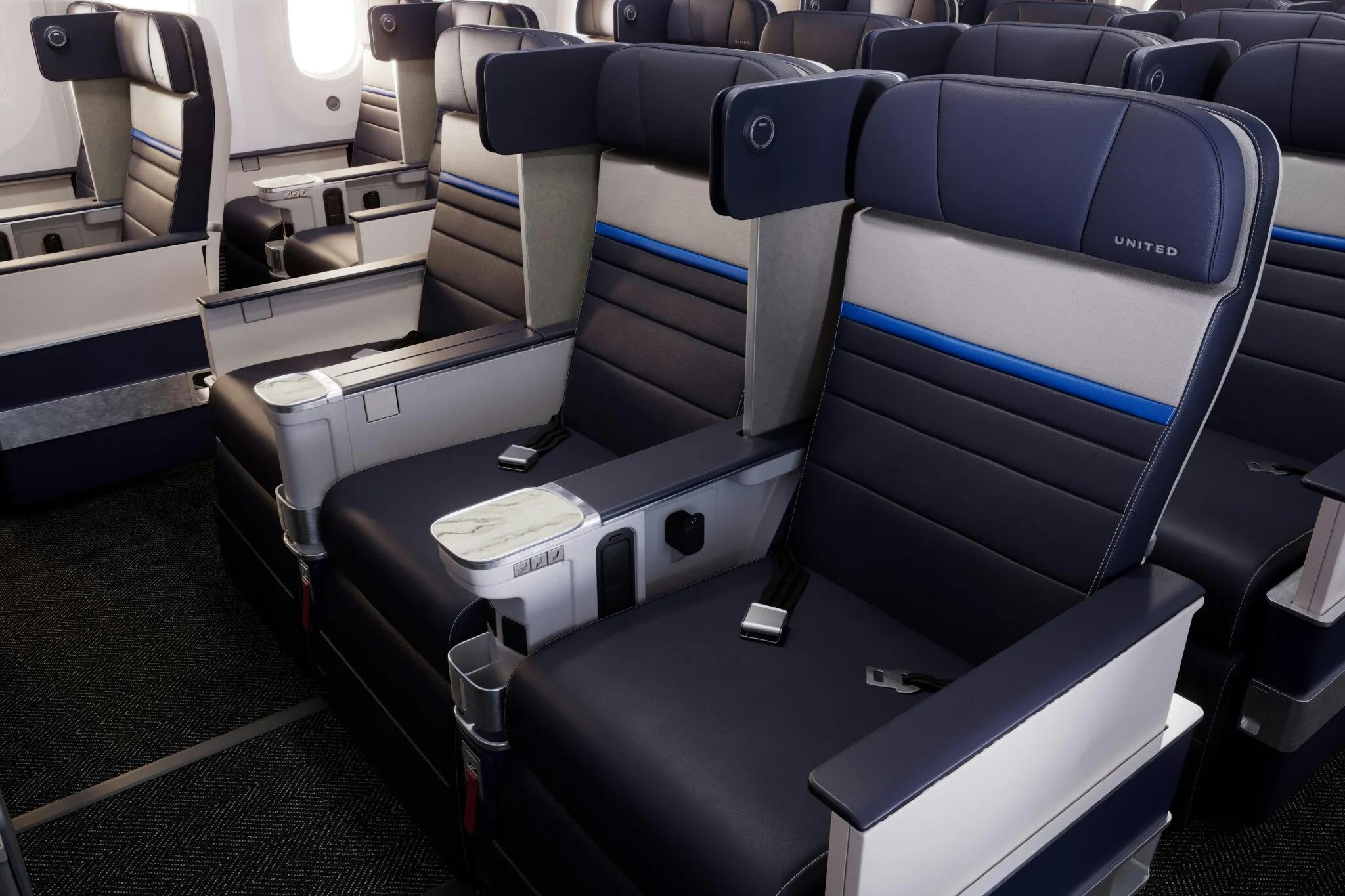
United Airlines Announces Routes for New Premium Boeing 787s
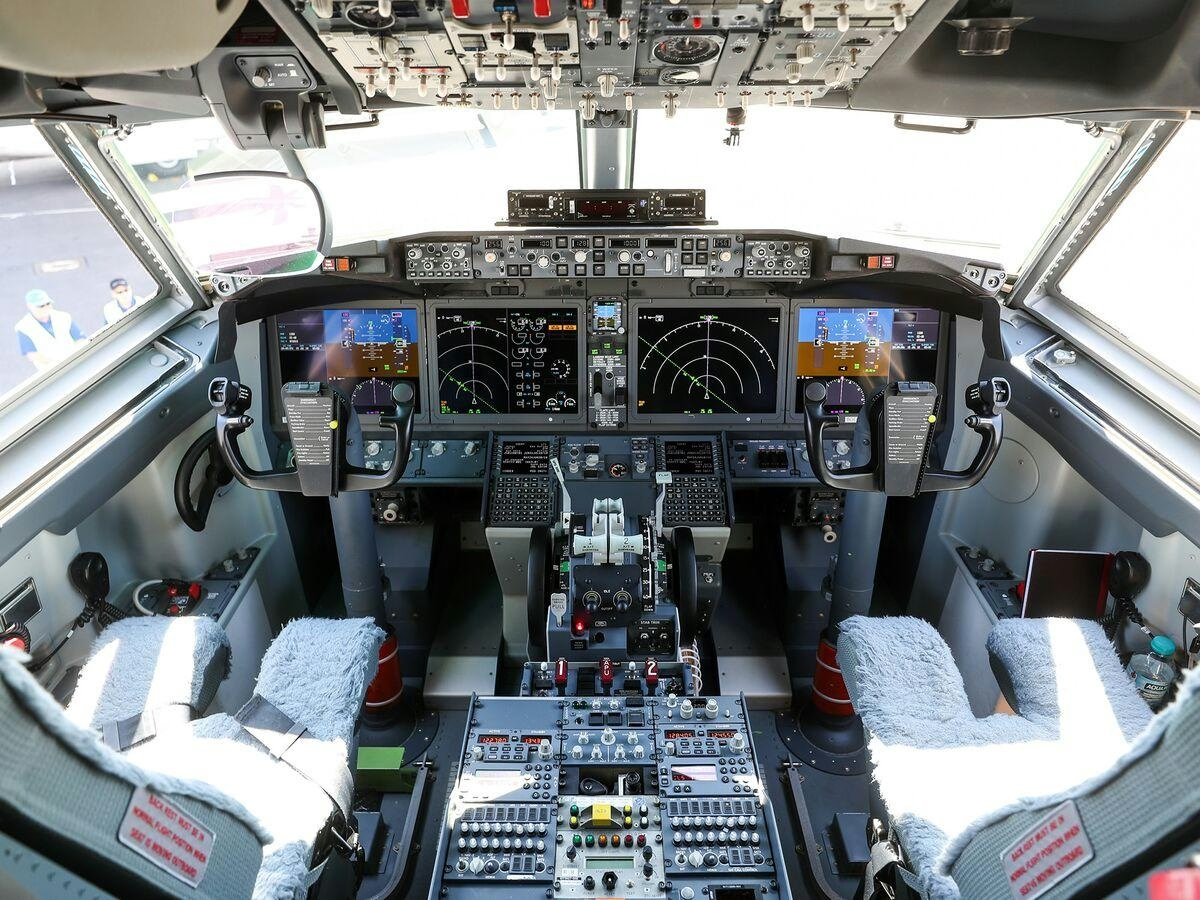
Boeing Introduces Remote Co-Pilot Technology
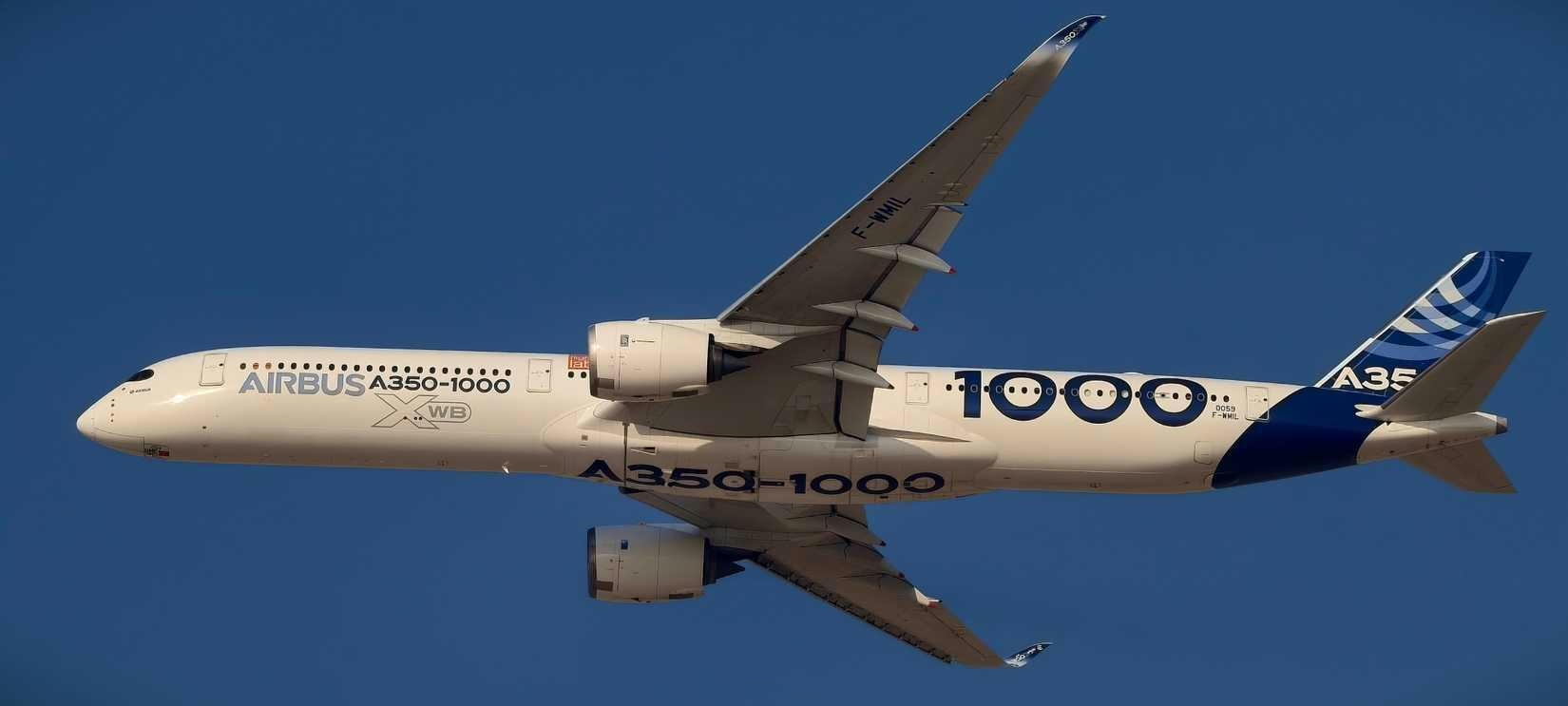
The Airbus A350-1000’s Fuel Efficiency Advantage Explained

McNally Capital Expands Aviation Operations to Support Global Tourism

Two Young Climbers Begin Winter Ascent of McKinley
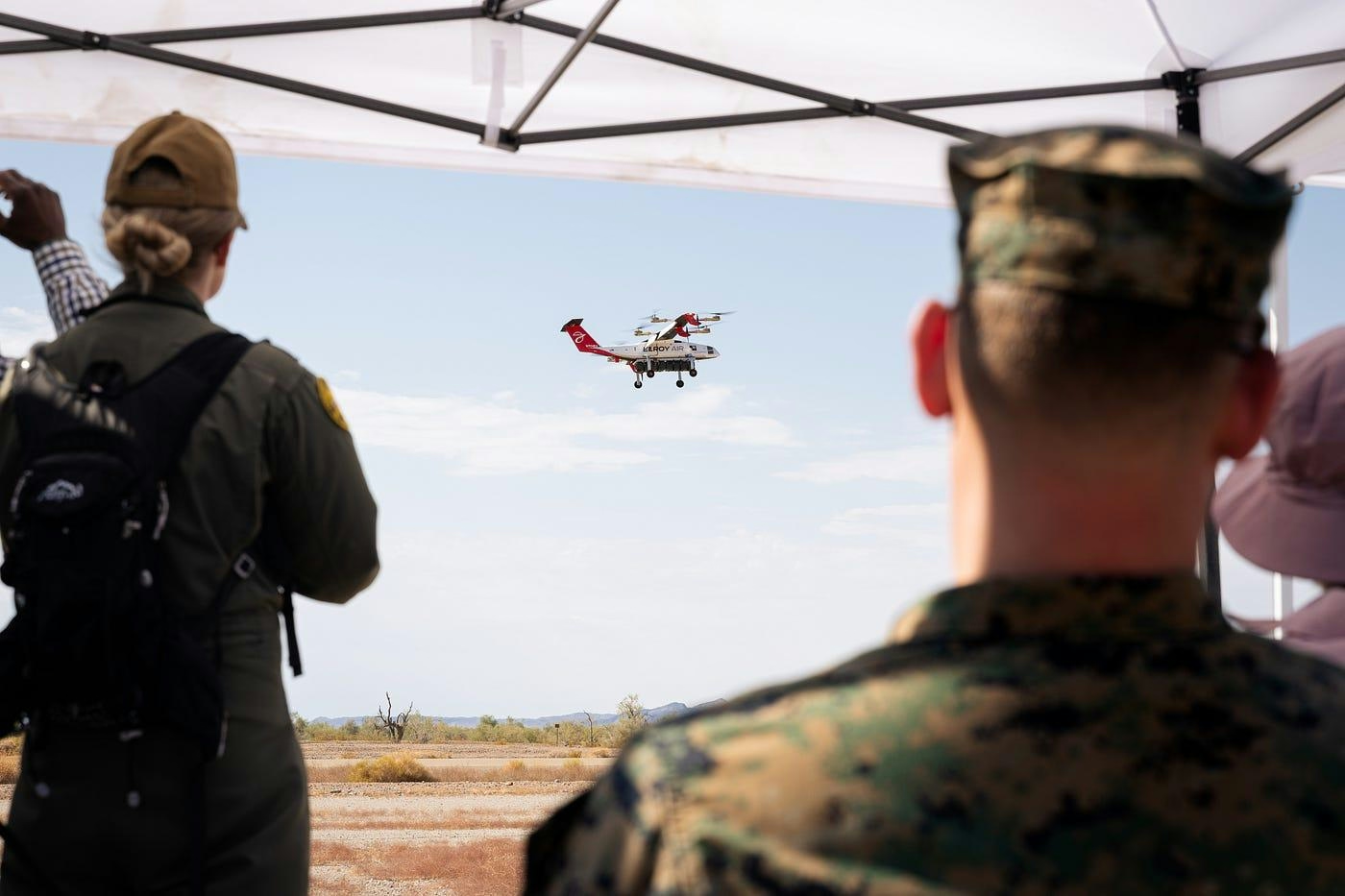
Elroy Air’s Autonomous Chaparral Delivers Lunch on A-to-B Flight
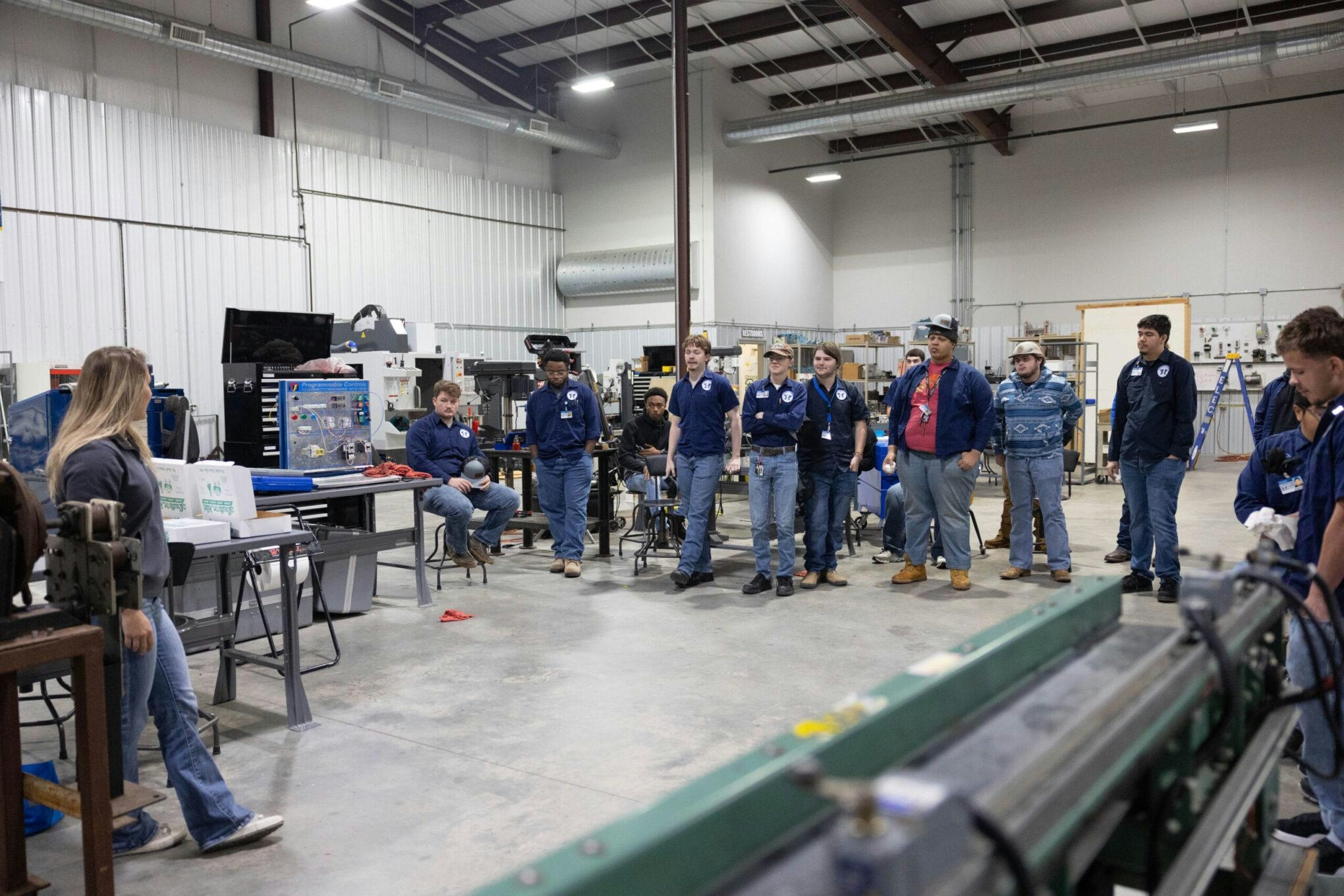
Texarkana College Holds First Graduation for Aviation Maintenance Technician Program
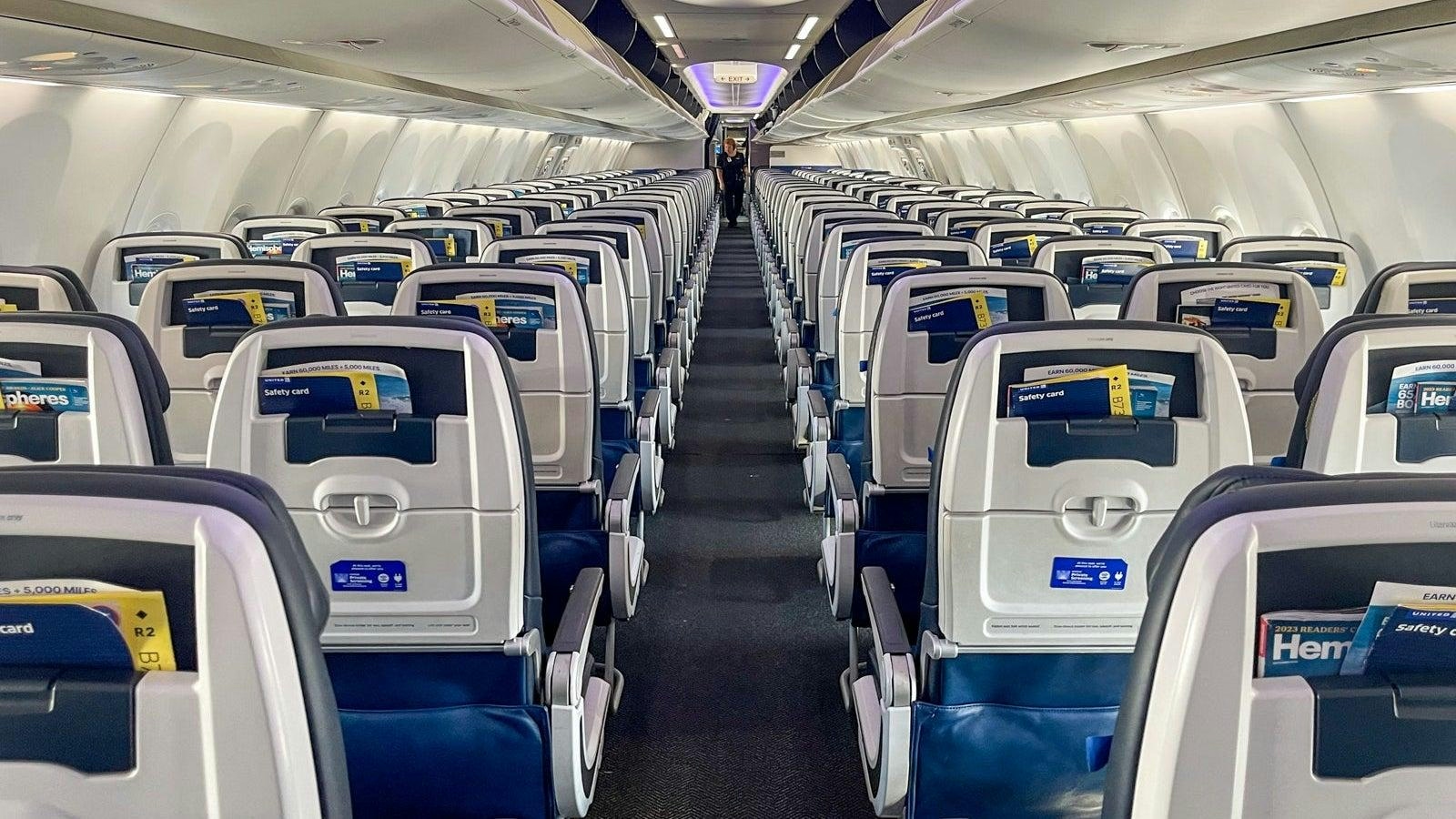
United’s 737 MAX 10s Have Flown Over 300 Hours Without Passengers

Airlines Adapt to Trade Disruptions and Supply Chain Challenges
